Perennials, especially native perennials, are fairly hardy, with lifespans that can go on for years and years. Most of them can handle a transplant here and there, so if you’d like to move your daylilies or hostas, you certainly can.
However, you can’t just transplant at any time. Some seasons are better than others, depending on the plant. Spring is often a good option, but sometimes, this can inhibit spring and summer blooming, as plants are too busy putting their energy towards new roots to flower.
For some perennials, one of the best times to transplant is in fall. This gives them time to get used to their new spot and establish root systems before freezing temperatures hit. By the time spring has sprung, they’re settled in and are ready for the growing season.
If you’ve got the urge to re-arrange your garden this fall, here’s a list of perennials that should take the transplant in stride.
Coneflower
Coneflower is a classic perennial native the central and eastern United States. Purple-pink flowers emerge in the summer and slowly begin to fade in fall. This long-blooming plant is often grown around homes and in pollinator gardens, providing long-lasting color.
Late September or early October is an excellent time to transplant coneflower, just as the flowers are beginning to fade. As for the new location, coneflowers are adaptable to pretty much any soil type, including poor quality and dry soils. Put them in a spot that receives full sunlight for optimal blooms next summer.
Phlox
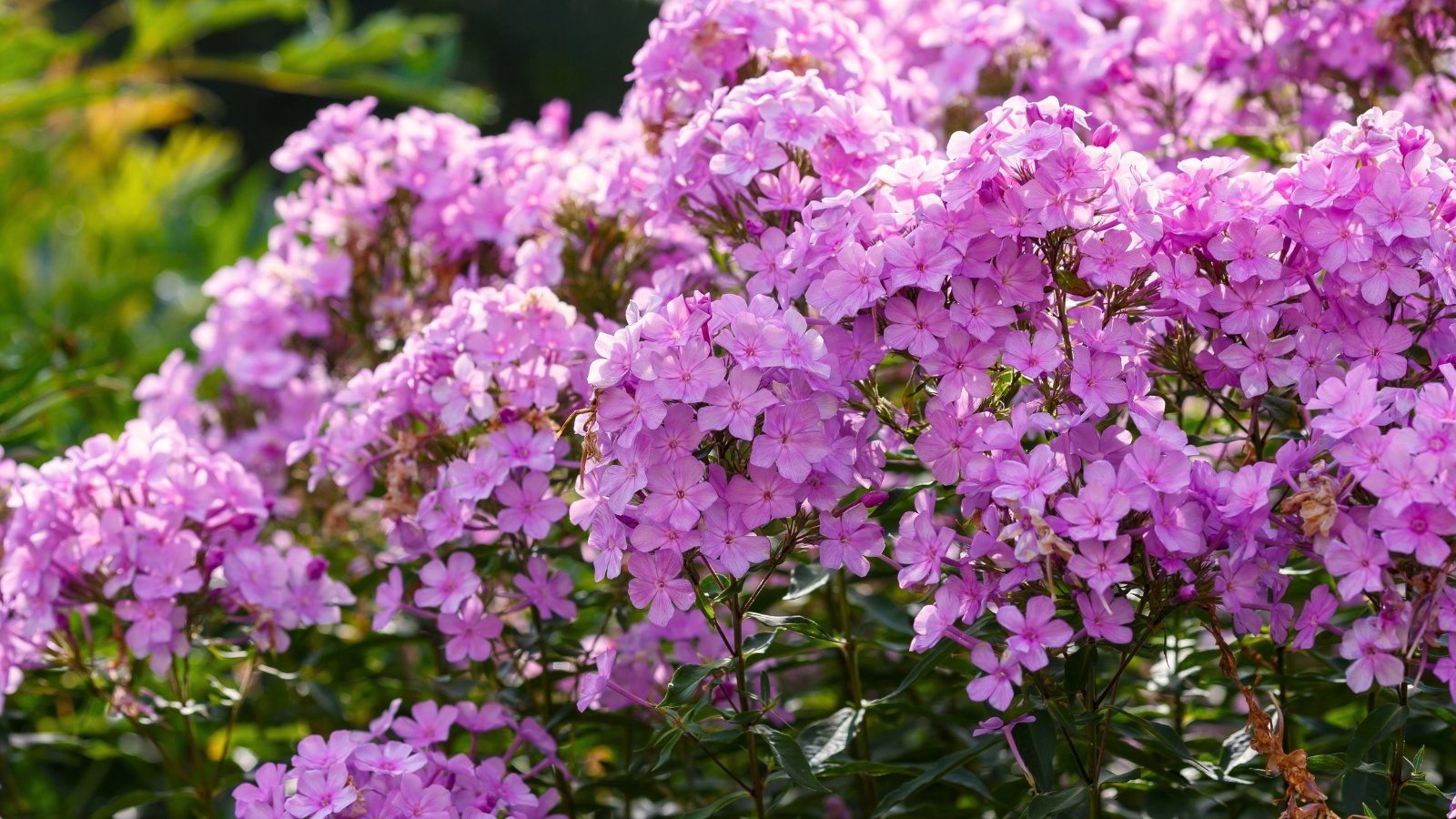
The Phlox genus includes a variety of species you may be growing in your garden, from the ground cover creeping phlox to the upright garden phlox. Most of these perennials bloom in spring or by June. Transplanting in spring could inhibit these flowers.
When moving these plants in autumn, choose a spot that gets at least four good hours of light per day, though even more would be better. Ideally, make this move about four to six weeks before the first frost so phlox has lots of time to adjust before it gets too chilly.
Daylily
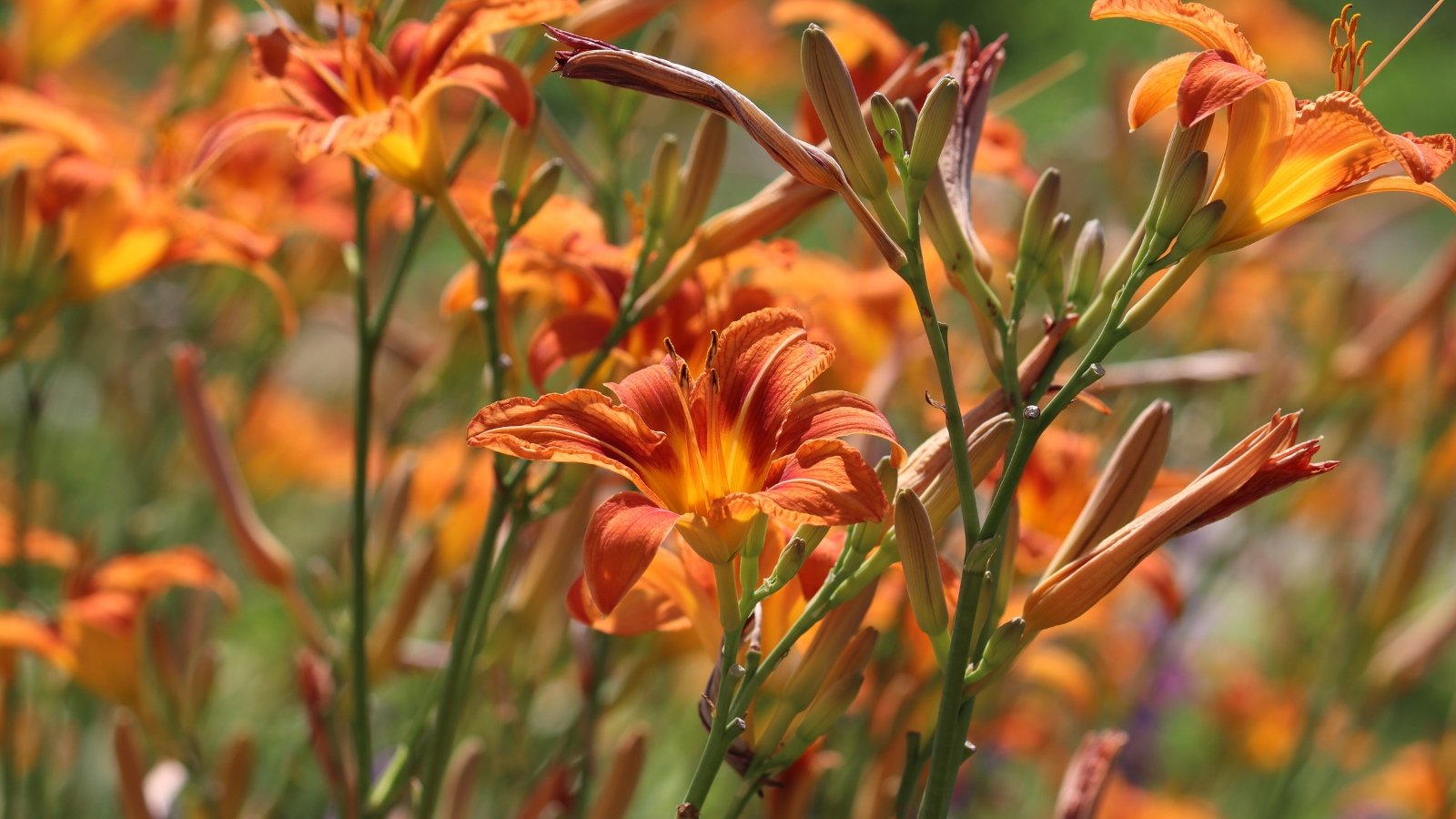
Daylilies are extremely hardy. In fact, they grow so well that daylilies are actually invasive in some areas. If you’re not in one of these areas and want to move your daylilies around, you could probably do so at any point during the growing season, including autumn.
These herbaceous perennials thrive with lots of nutrients, so move them to a spot where the soil is rich in organic matter. Consider amending with compost beforehand to give your daylilies a boost. Daylilies are effective when moved to slopes, where they can assist in preventing erosion.
Peony
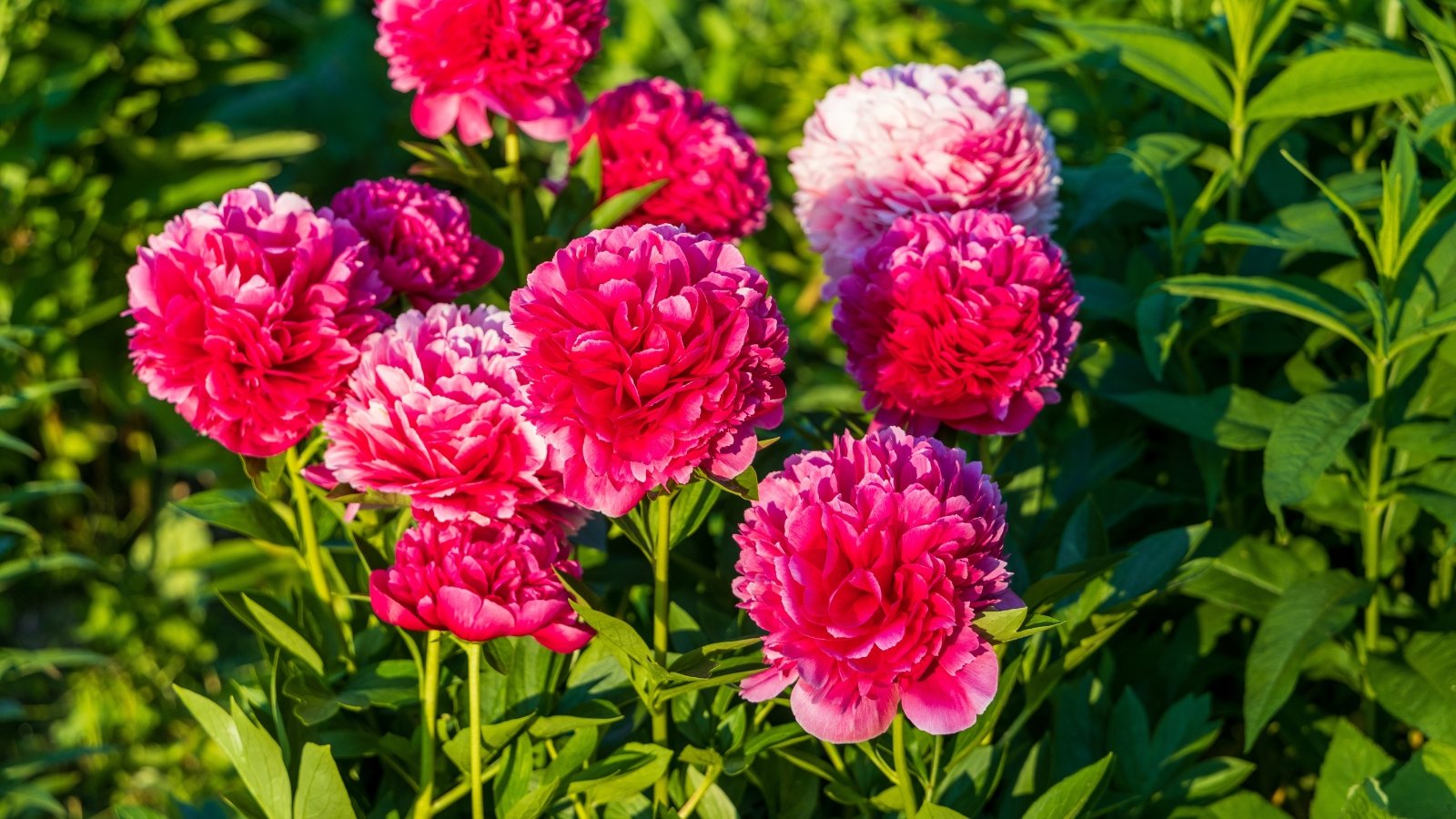
Peonies are typically grown for their beautiful flowers, which can be up to six inches in diameter and are available in many colors, including yellow, pink, red, purple, and white. These stout perennials reach about three feet in height, where you’ll find the blooms in spring and summer.
Sometimes, peonies take a year or two to bloom again after transplanting, but you can try to minimize this time window by moving them in late August or early September. At this time, peonies are no longer putting out summer growth and are moving into dormancy.
False Goat’s Beard
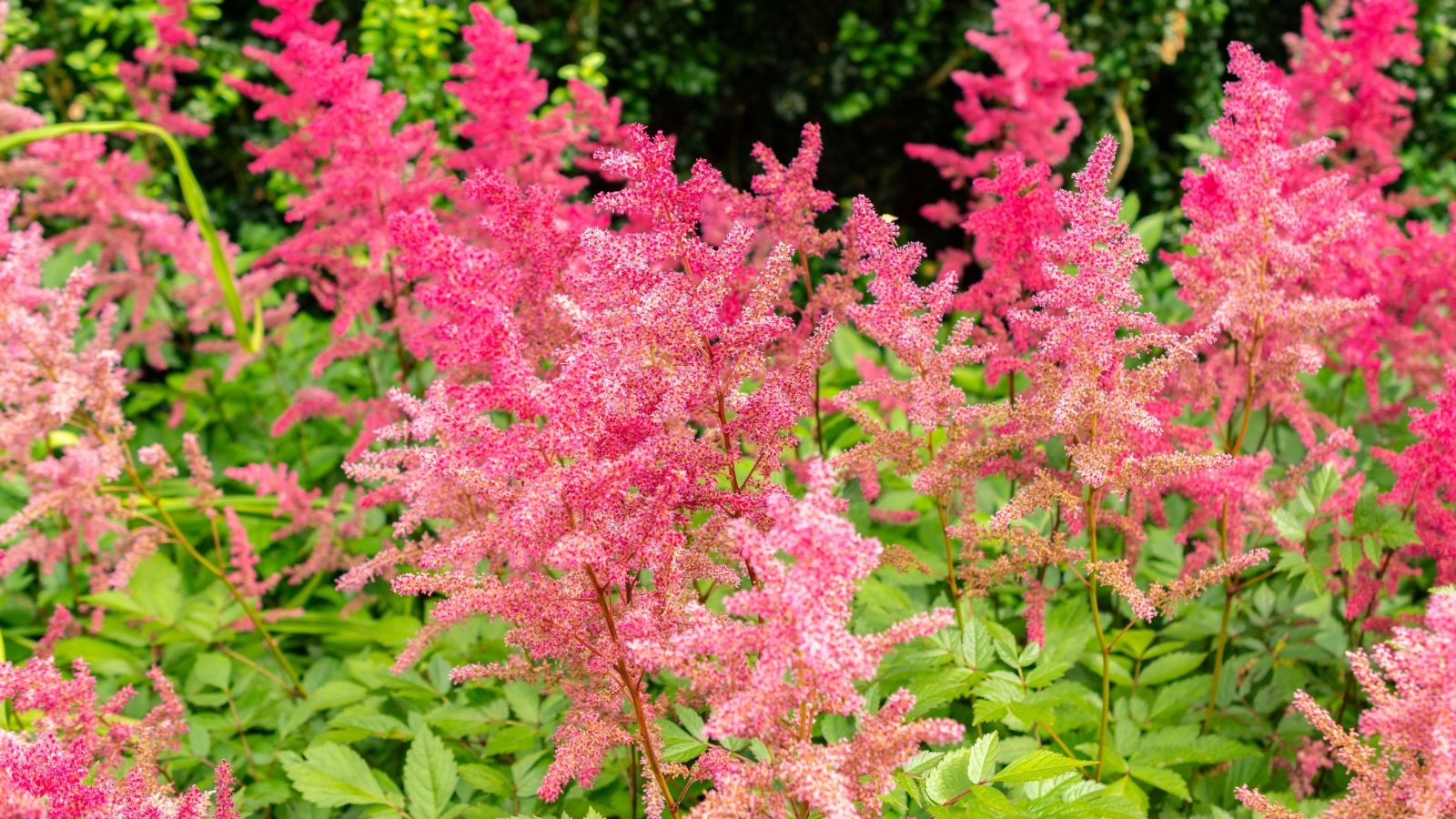
False goat’s beard, also commonly known as false spirea or just by its genus, Astilbe, is a clump-forming perennial that’s often grown in shady spots of gardens and alongside homes. These clumps produce unique panicles of fluffy flowers in pink, red, and white.
The best time to move false goat’s beard is once it has finished blooming in summer, well before your first frost. As these clumping plants get larger, you may also want to use this time to divide them and move the divided portions elsewhere. They prefer moist soils with lots of organic matter.
Siberian Iris
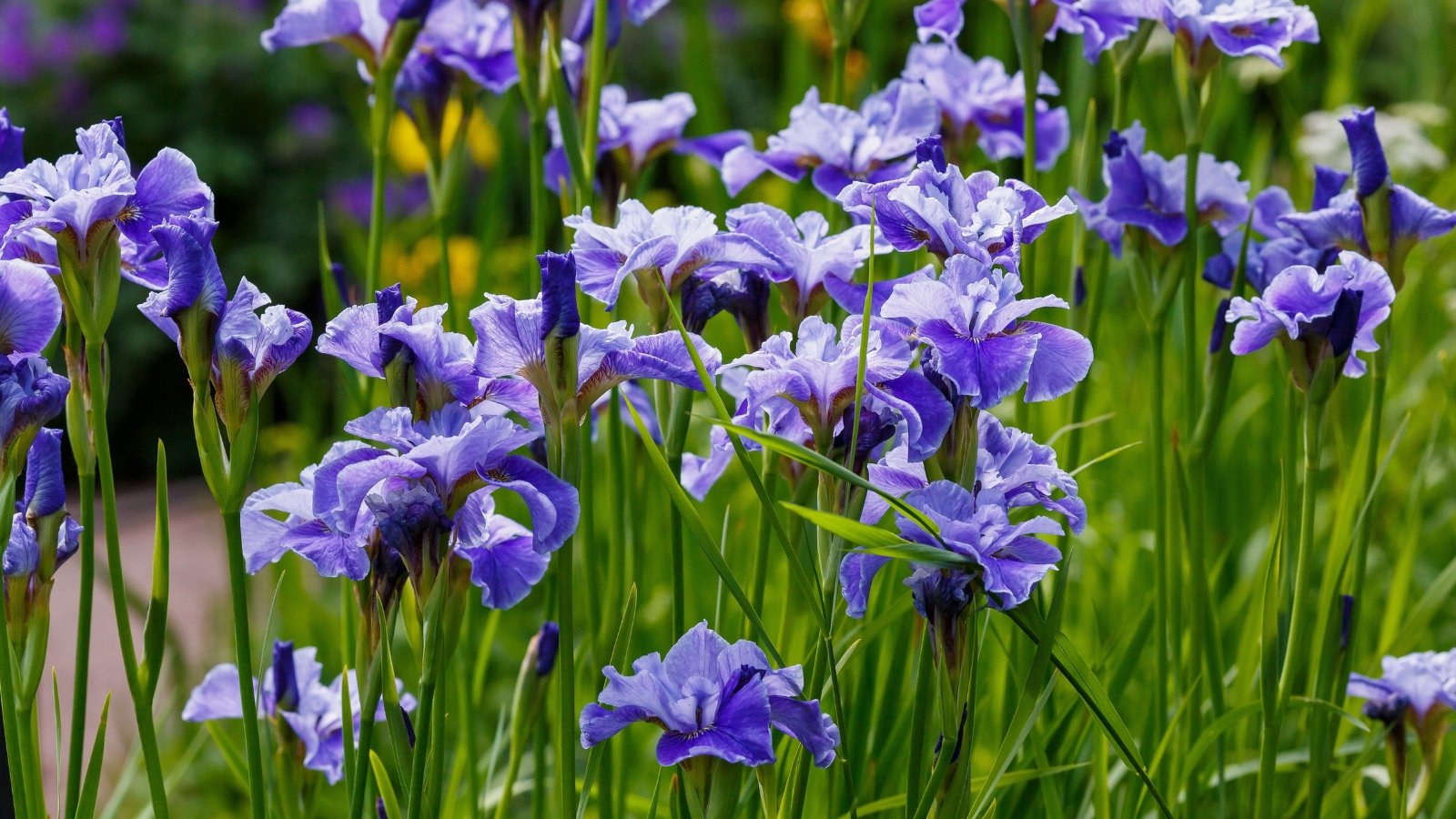
Siberian irises are beautiful flowering bulbs that send up dark purple flowers in spring and summer. Some older cultivars bloom even earlier, marking the shift of the seasons. Digging up and moving these bulbs in spring will likely prevent them from flowering that year.
Instead, wait until the high temperatures of summer have passed and move the bulbs sometime in August or September. You should also divide Siberian irises every few years, so this is a great time to do so. These bulbs tolerate wet soils, so you can plant them in poorly-draining areas of your garden.
Hellebore
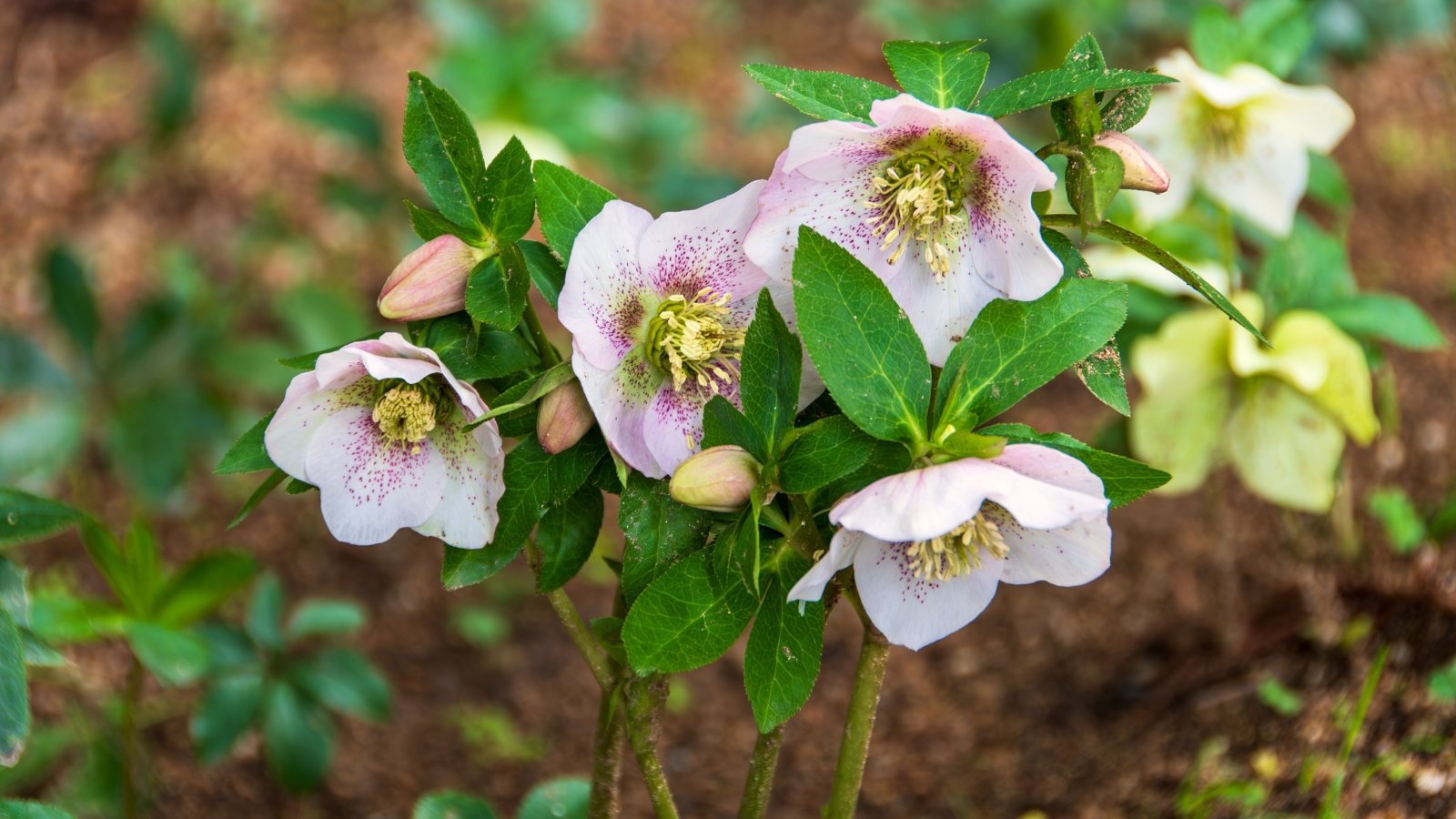
Helleborus is a genus of flowering perennials that includes plants referred to as Christmas rose, Lenten rose, or winter rose. As the common names indicate, hellebores tend to bloom in winter or super early in spring. So, if you want to transplant your perennial hellebores, you should do so in the fall.
This gives hellebores plenty of time to establish before their preferred blooming time window. Hellebores prefer shady spots, so do not plant them in full sun. These compact winter-bloomers can fit just about anywhere, maturing to less than three feet in width.
Bleeding Heart
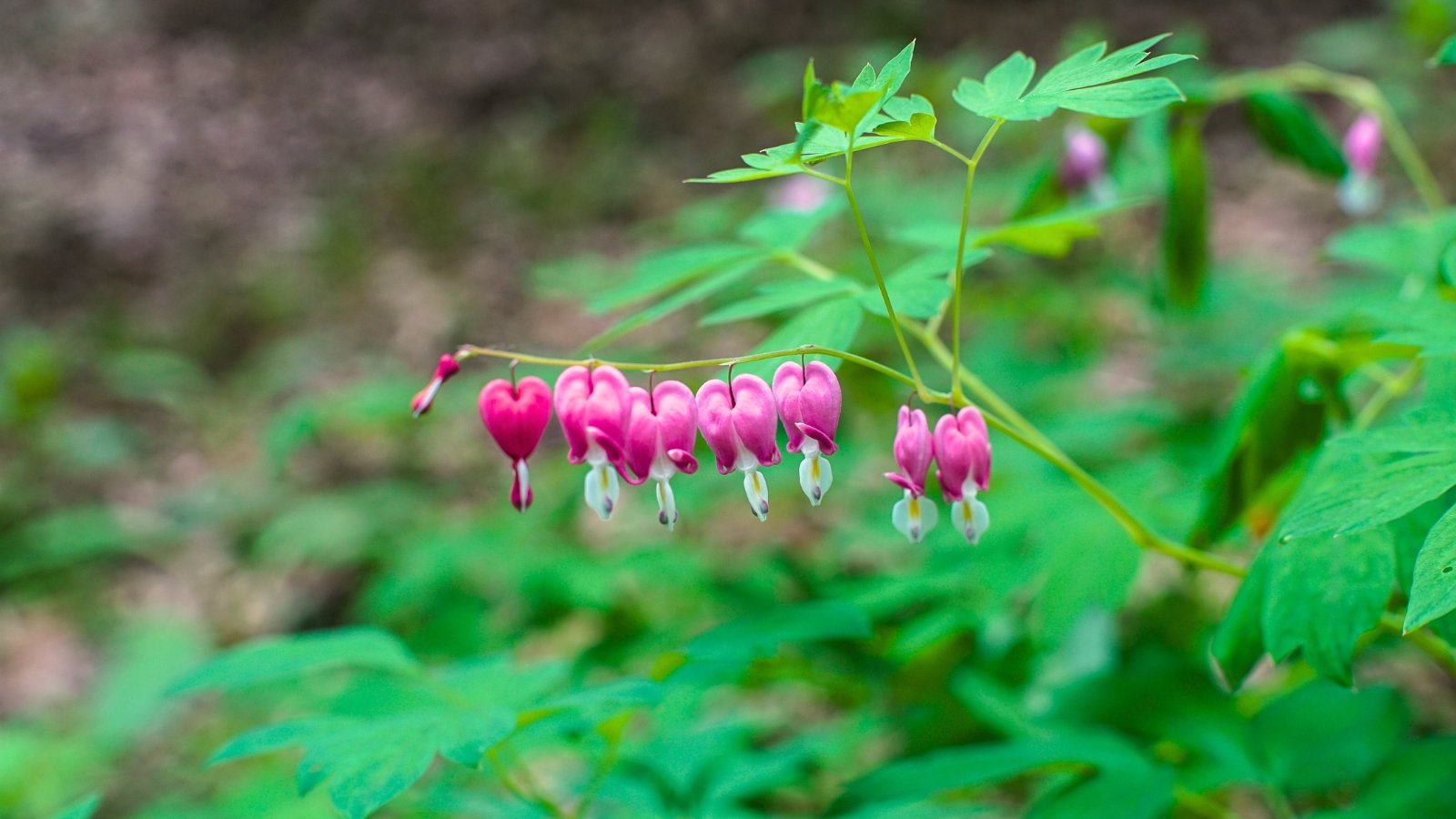
Dicentra plants have a lot of fun nicknames that typically aim to describe their unusual flowers, including bleeding heart, dutchman’s breeches, and squirrel corn. Many Dicentra species are perennials that bloom in spring, around April or May, flourishing in shady spots.
To avoid damaging these fun flowers, a great time to move bleeding heart and other Dicentra species is in the fall, well before the first frost. They don’t require much sunlight at all and will grow in most soils as long as they’re well-draining. They will also appreciate some compost.
Stonecrop
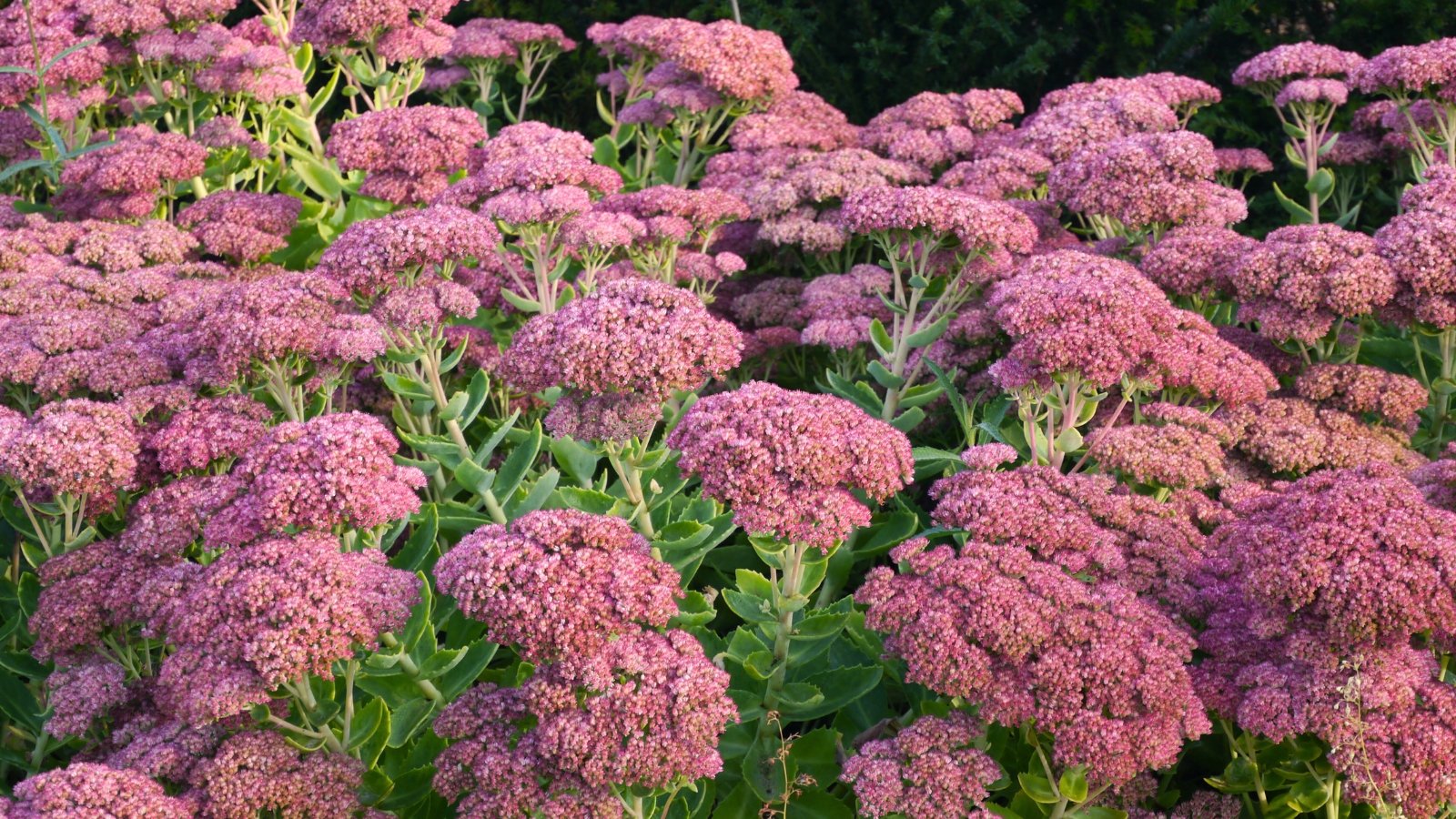
Species in the Sedum genus, often referred to as stonecrop, are convenient and versatile in the garden. Like most succulents, they barely need any water, and you can grow them in rocky, sandy soils. But unlike most succulents, you can grow stonecrop in cooler zones where they’ll survive freezing winters, down to hardiness zone 3.
If you want to move or divide your stonecrop, fall is a good time to do so. Since the days are getting shorter, these plants will be growing even more slowly, needing less water. They can put all their energy towards establishing new roots in their new location.
Lavender
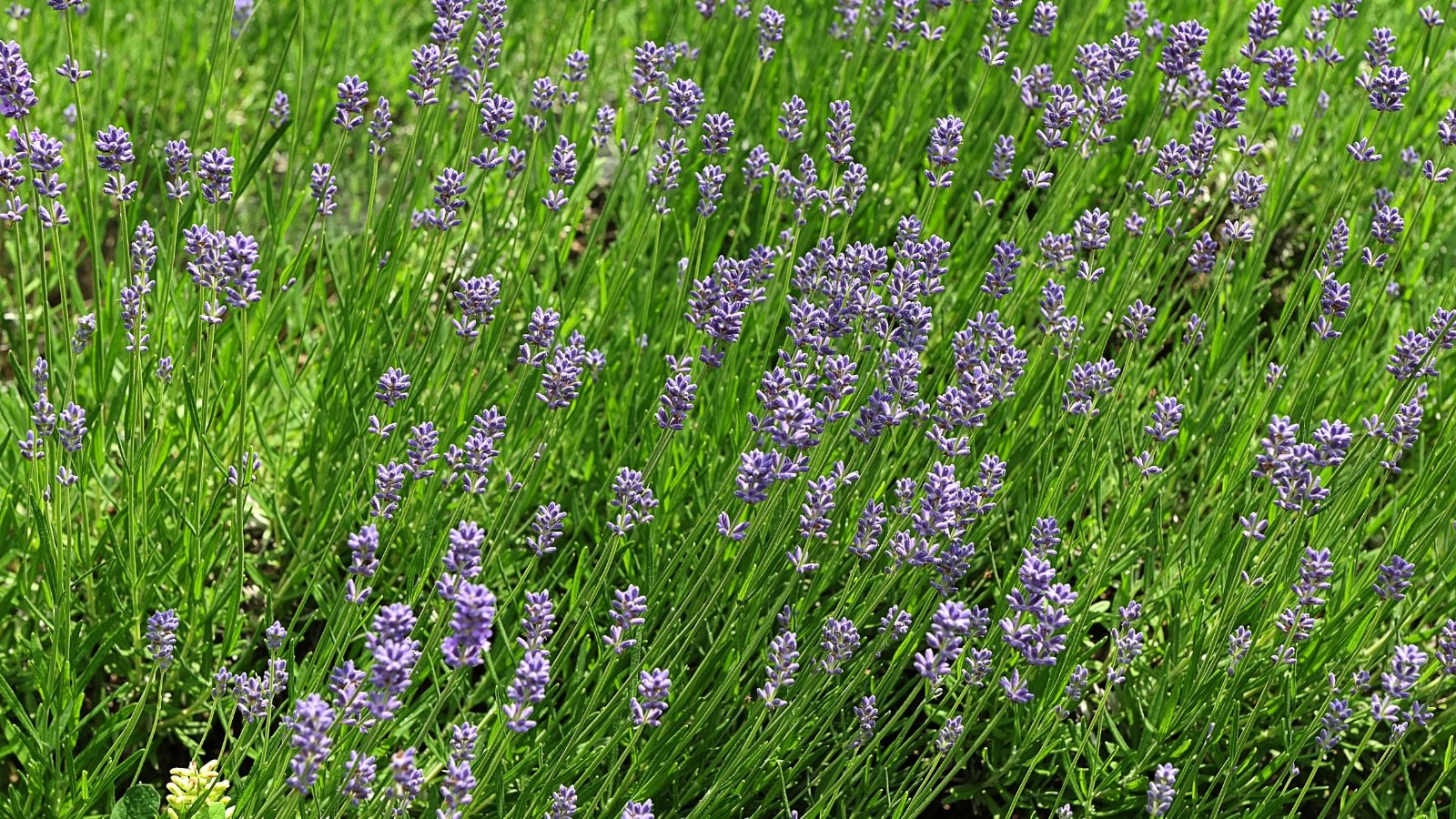
Lavender is an evergreen, perennial shrub with signature purple flowers and a popular fragrance known to most for its soothing, relaxing properties. Both the flowers and the foliage contain the essential oils. This plant can be a bit tricky, as it requires well-drained soil and lots of light.
In cool climates, gardeners should transplant lavender in the spring. But if you live in a warmer area within its perennial zone, moving lavender in fall is fine, too. When choosing a new spot for lavender, make sure the soil will hold some water but truly drain freely.
Russian Sage
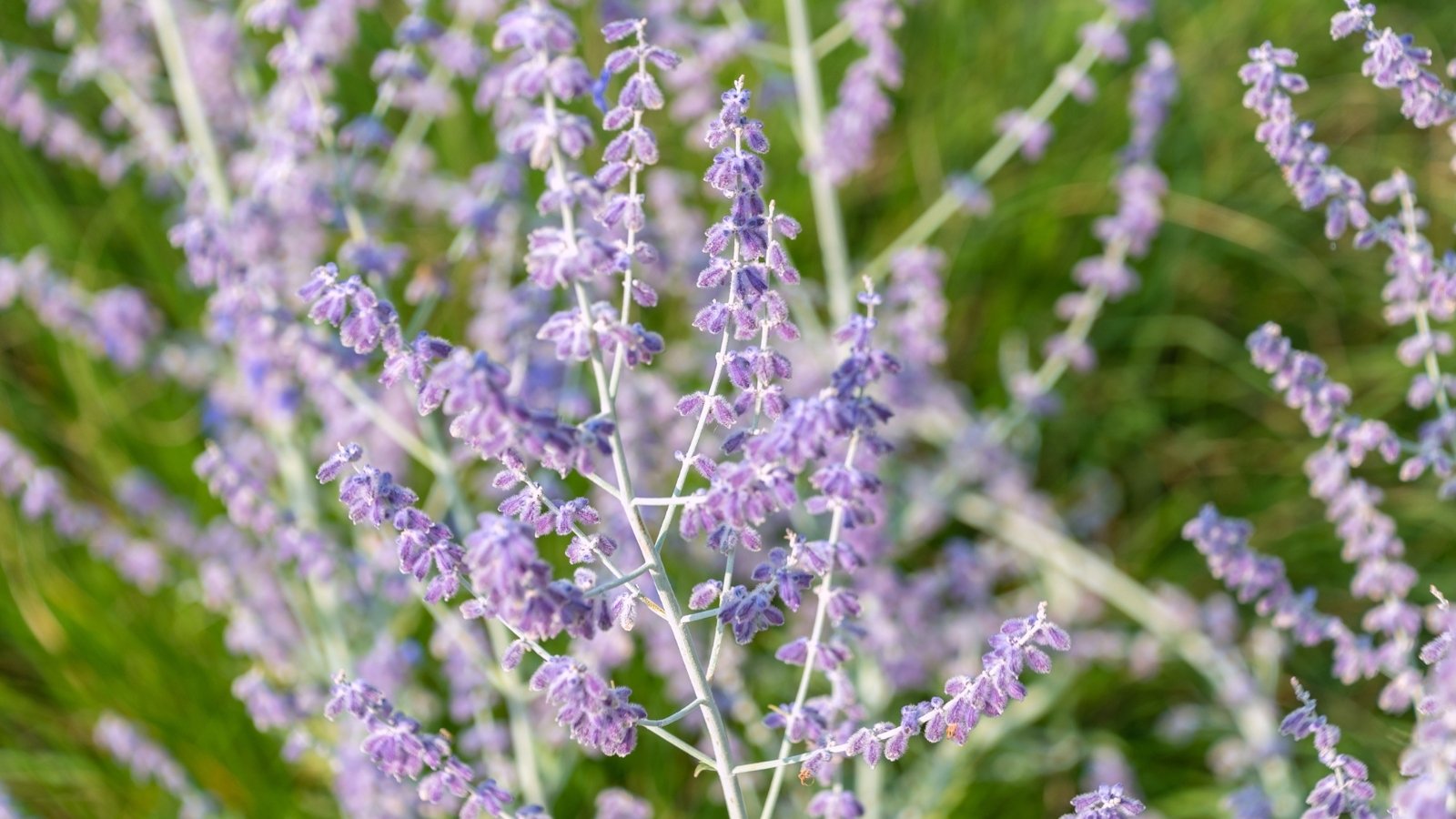
Russian sage is another purple-blooming perennial shrub. It can reach up to four feet tall and blooms in summer and fall. You can grow Russian sage in zones 5 through 9, but it’s particularly beloved in drier climates. This plant thrives in soil with good drainage and doesn’t mind a little bit of drought.
You can move this plant once it’s done blooming, usually in late fall. Russian sage tends to have a deep tap root, so do what you can to dig up the entire root system. Water it in well afterwards to help these roots adapt, but don’t let it sit in soggy soil.
Hosta
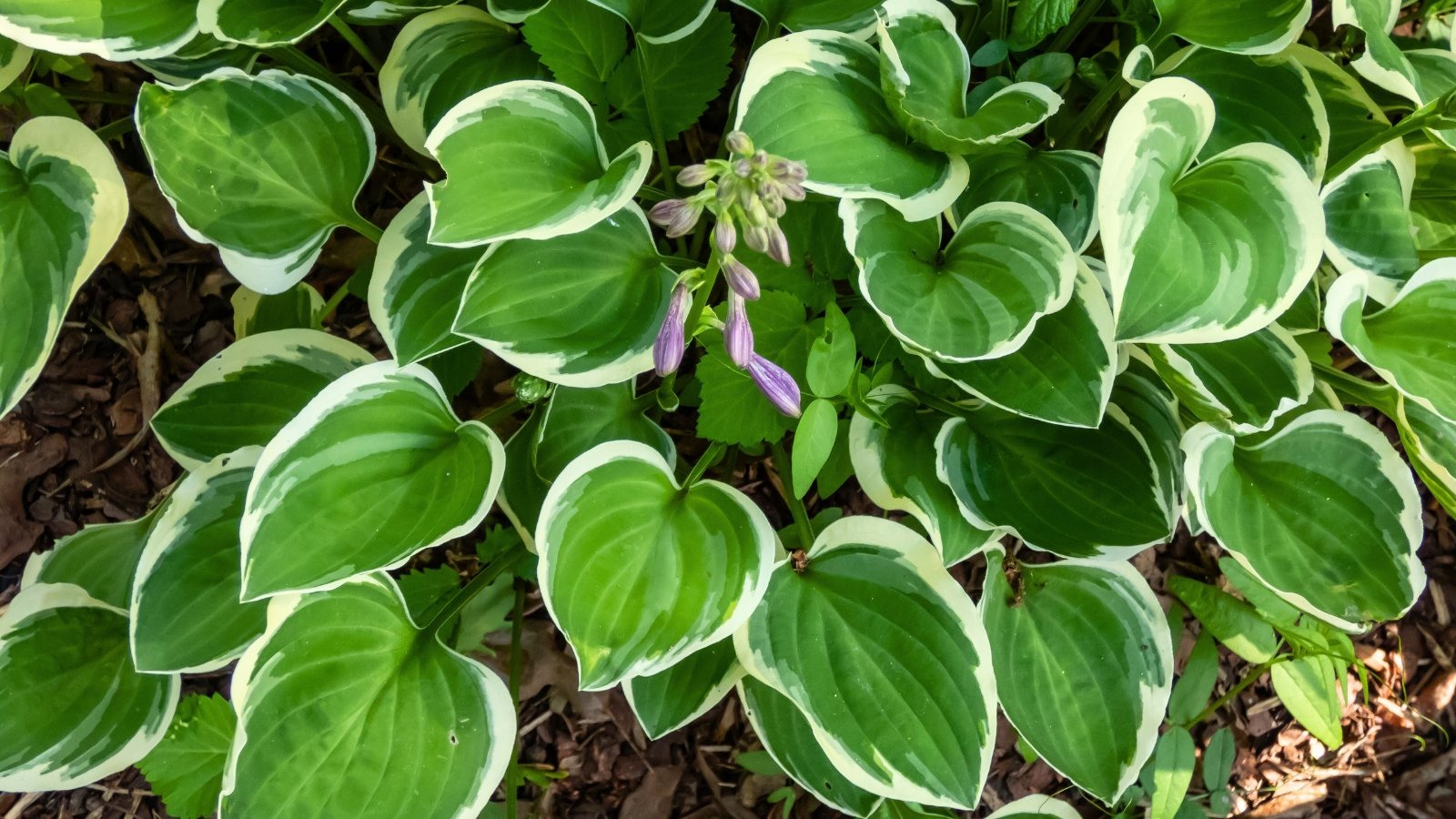
Hostas are extremely popular herbaceous plants that gardeners can grow in a wide range of climates, from perennial zones 3 through 9. They can grow in the shade, so they’re perfect for planting around the perimeter of houses, and there are countless hosta cultivars available in different sizes and with different leaf colors and variegation.
Since hostas bloom in summer, you can get away with transplanting them in early spring or in autumn. They’re incredibly hardy and will bounce back fairly quickly. Wherever you plant them, note that they will probably spread. You can even use hostas as ground cover.
Heuchera
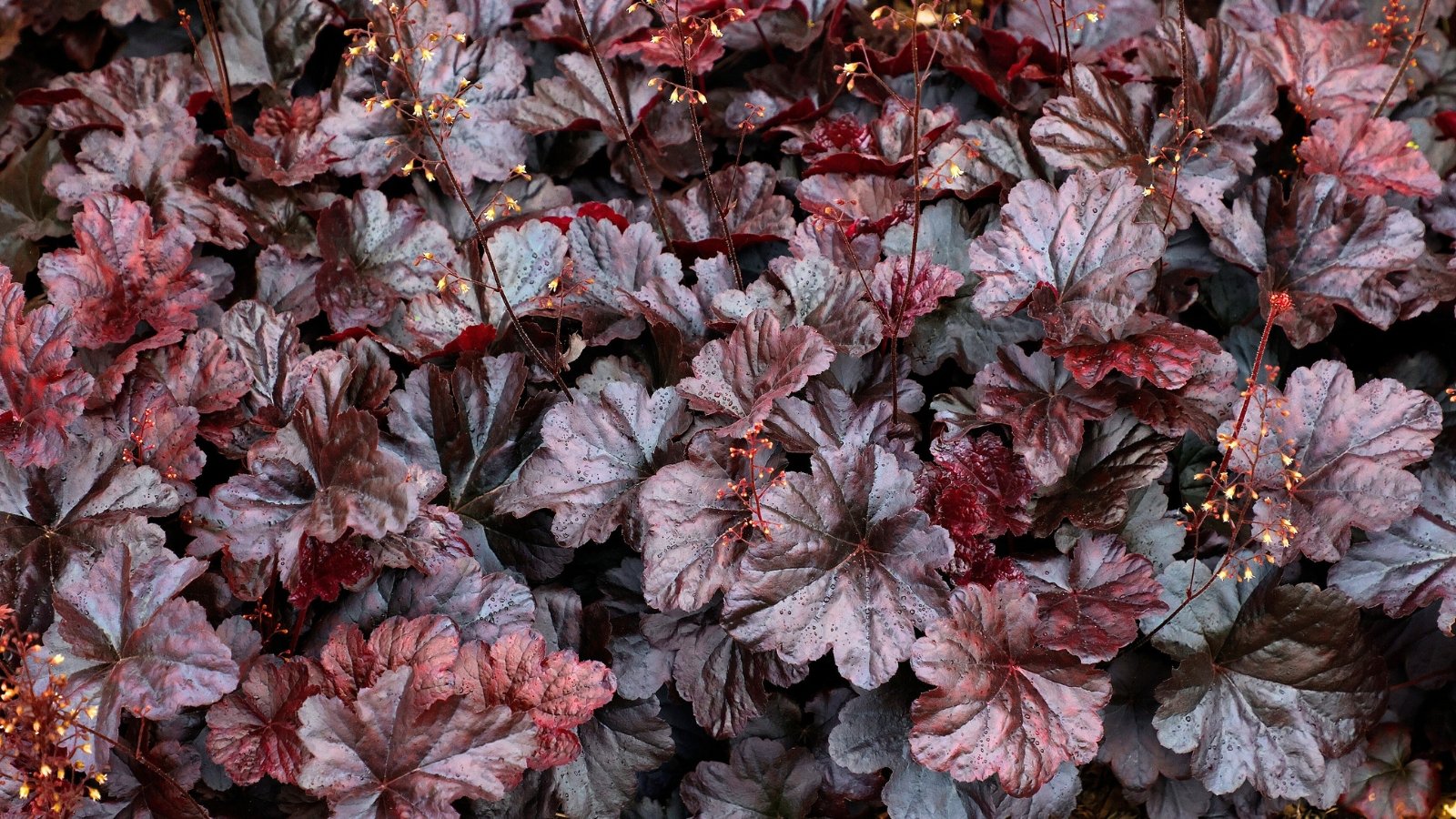
Heuchera is a genus of colorful, perennial groundcover plants. Their foliage is the star of these plants, available in shades of maroon, purple, and chartreuse. But Heuchera bloom too, and their dainty, bell-shaped flowers are quite pretty, blooming in shades of pink, orange, red, or white.
Autumn is a good time of year to move these plants, as long as you do so at least a month before the first frost. They have a tendency to push up out of the ground in winter if planted too late or improperly. Apply winter mulch to prevent this and to keep the roots warm.
Bearded Iris
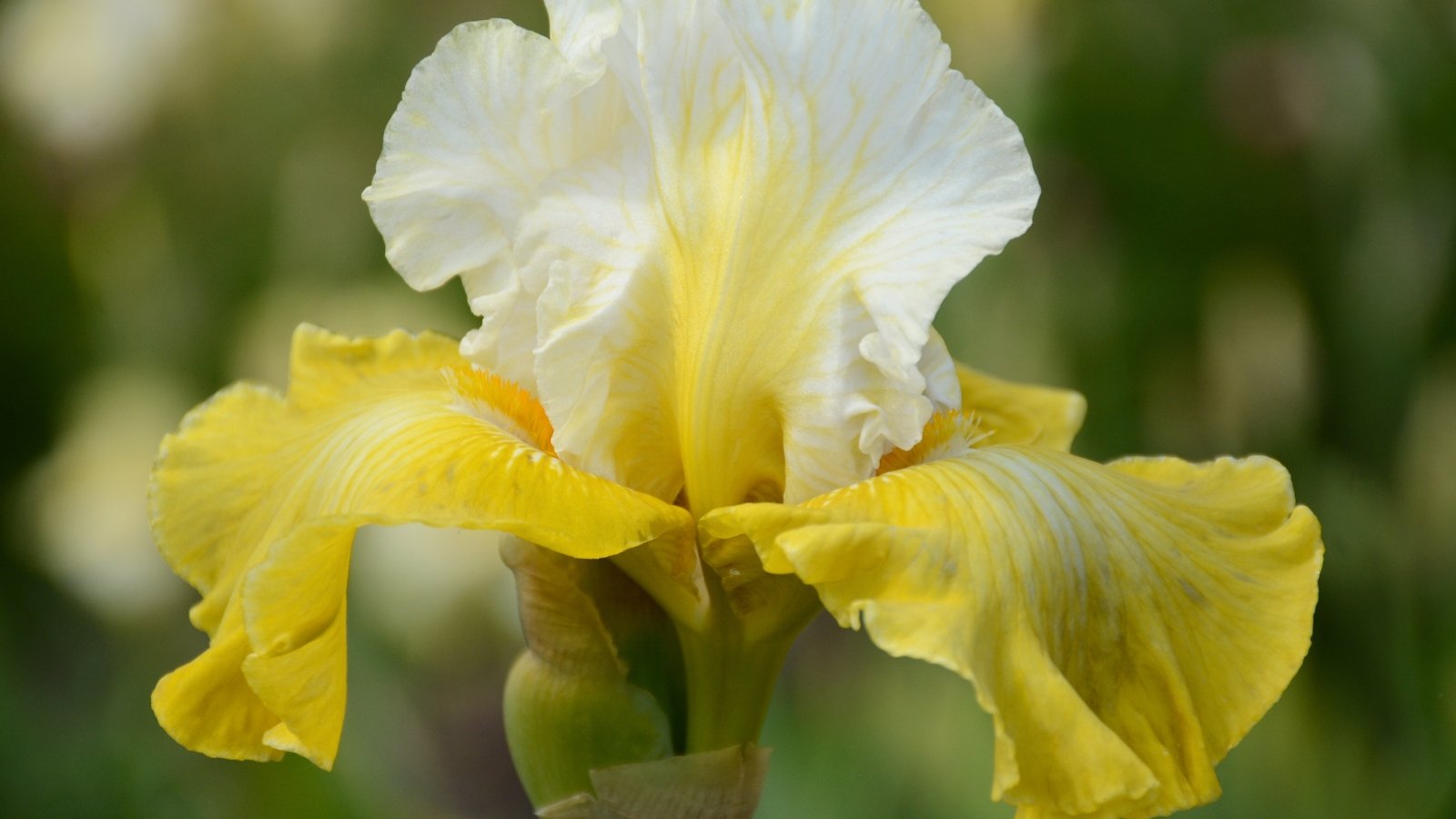
Bearded irises are flowering bulbs that come back year after year in a wide range of zones, 3 through 10. In summer, gorgeous, showy flowers emerge in a long list of potential colors, including unusual colors such as blue and black.
If you want to transplant your bearded irises, wait until their bloom period is thoroughly over in the fall. This will give them tons of time to get settled and prepare for their next summer’s blooms. Choose the sunniest spot you can for the best flowers and plant in well-draining soil.
Lily of The Valley
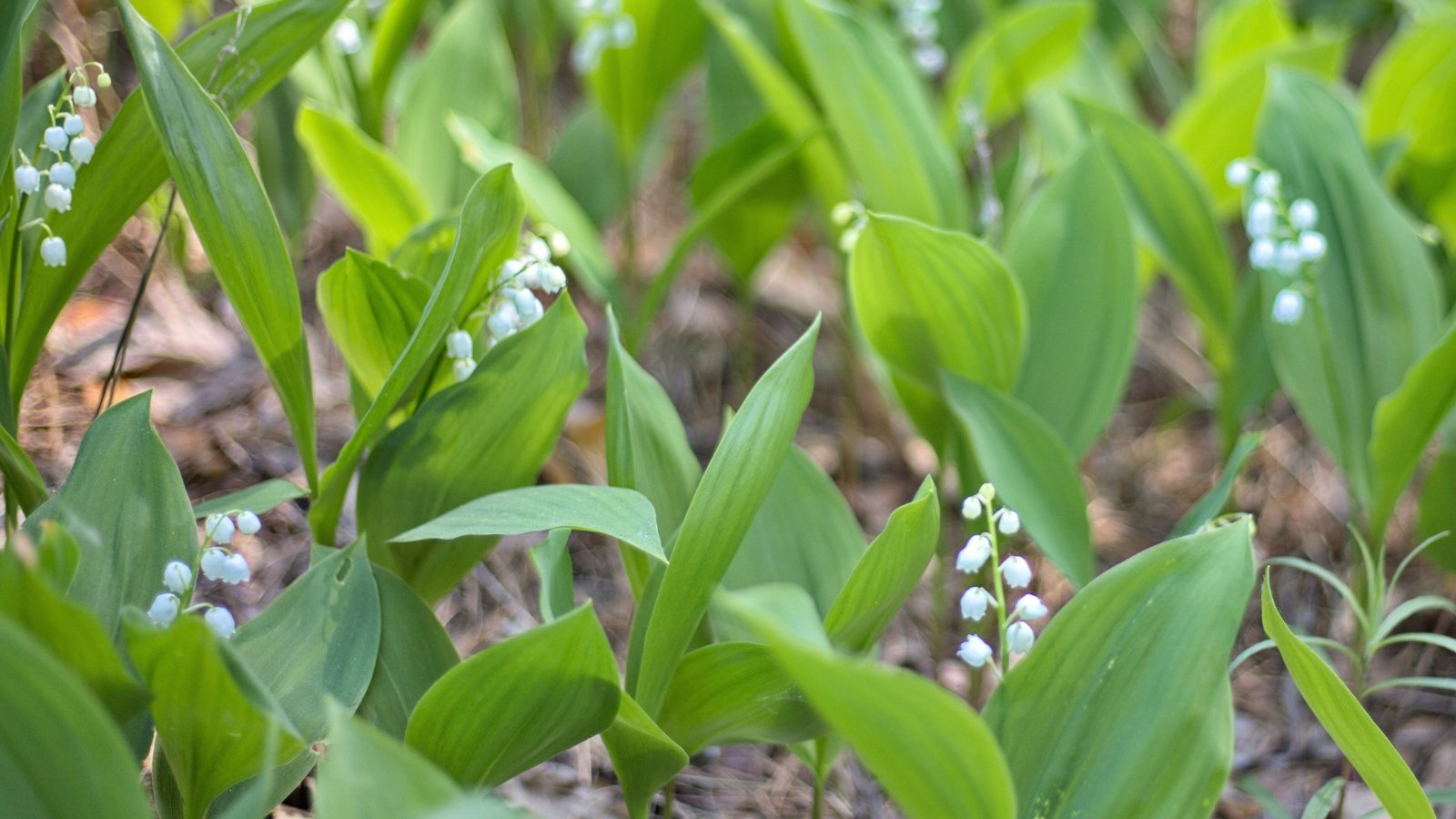
Lily of the valley is a rhizomatous ground cover plant, quickly covering shady areas such as underneath trees. The individual plants reach about ten inches in height. In spring and summer, small racemes of bell-shaped white flowers emerge from the center with a light, floral fragrance.
To move your lilies of the valley without impacting bloom time, transplant these perennials in the fall when the flowers are firmly done. They’ll grow pretty much anywhere and don’t need much light, so make sure you’re ready for them to spread. In some areas, lily of the valley is invasive.
Oriental Lily
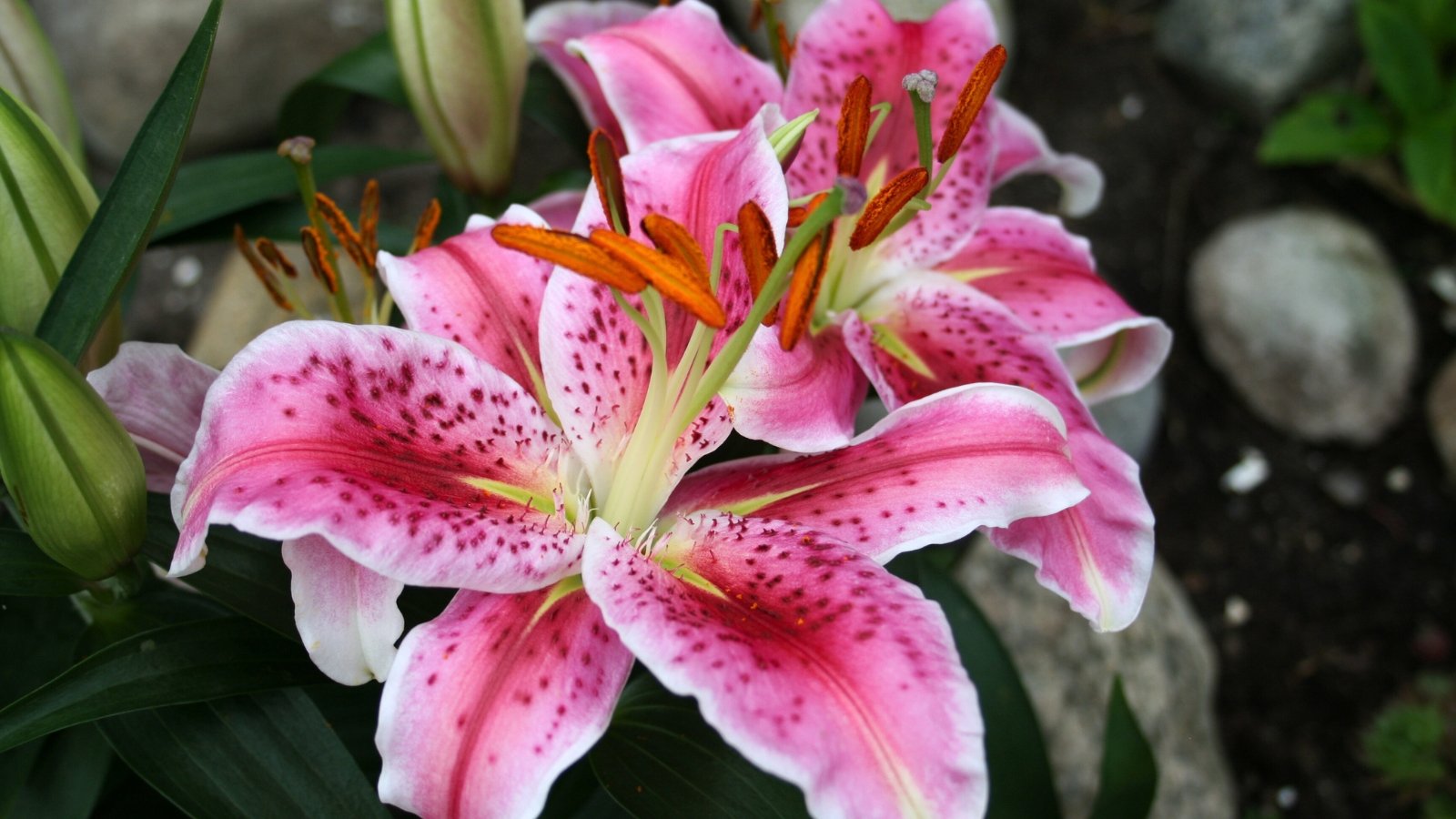
Oriental lilies are large, fragrant flowers that can be up to eight inches in diameter. These perennial bulbs are obviously grown for their blooms, which can be shades of pink, purple, white, and red. Variegated cultivars exist as well.
These lilies bloom at different times throughout spring, summer, and fall. Once yours finish flowering, it’s safe to transplant and/or divide these perennials in the fall without doing much damage to next year’s performance.
Be sure to move these bulbs to a spot with well-draining soil so that they do not rot. Amend the soil with compost, as these lilies perform best in the presence of lots of decaying, organic matter.
Veronica

Veronica species vary in their growth habit, with some being low to the ground while others are spiky and taller. Tons of cultivars and varieties of this colorful genus are available. Their flowers bloom in spring, summer, or fall, depending on which Veronica you’re growing.
To safely transplant or divide your Veronica perennials with minimal damage, wait until they’re done blooming in fall. Move them about a month or so before the first frost if possible. Good soil drainage is key to keep these plants flourishing.



